Home>Ideas and Tips>DIY Guide To Installing A Kitchen Tile Backsplash With Metallic Accents
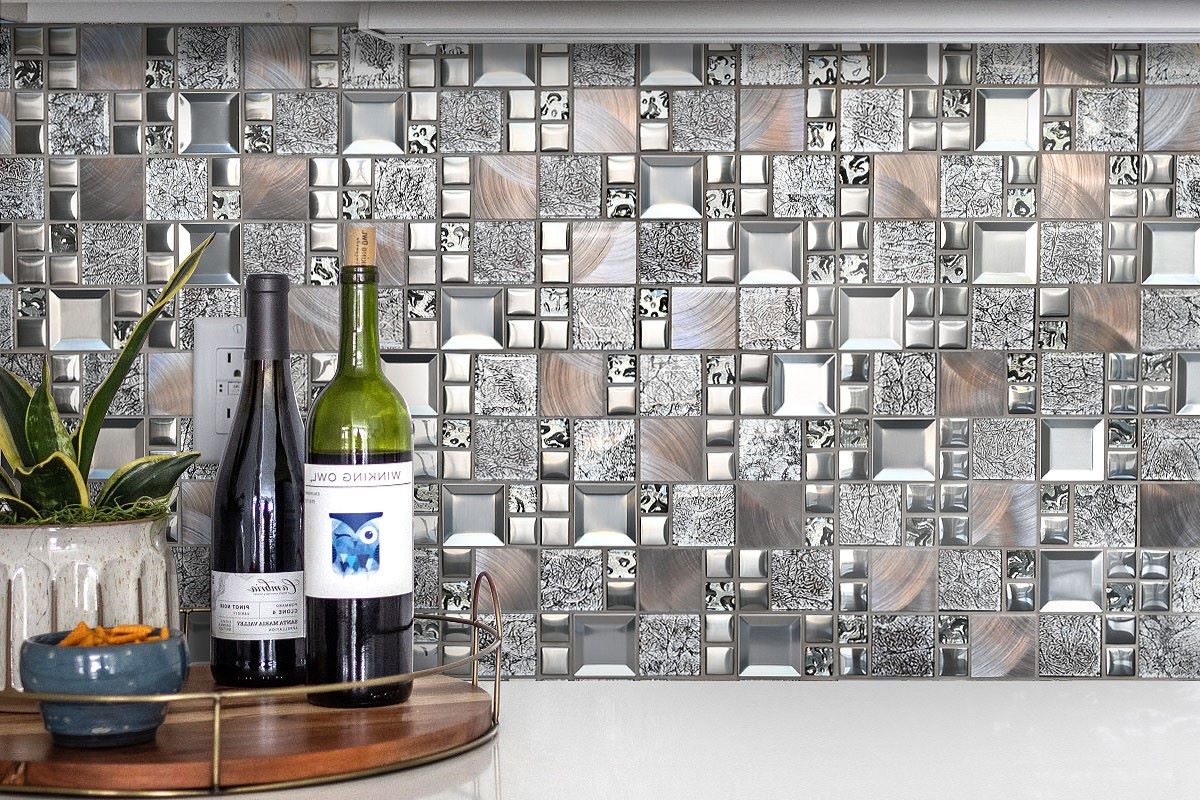

Ideas and Tips
DIY Guide To Installing A Kitchen Tile Backsplash With Metallic Accents
Published: September 20, 2024
Learn how to install a stunning kitchen tile backsplash with metallic accents. Follow our step-by-step DIY guide for a stylish and durable result.
(Many of the links in this article redirect to a specific reviewed product. Your purchase of these products through affiliate links helps to generate commission for Storables.com, at no extra cost. Learn more)
Introduction
The kitchen is often the heart of the home, where meals are prepared, memories are made, and family gatherings take place. One of the most critical elements in enhancing both the functionality and aesthetics of your kitchen is the backsplash. A backsplash not only protects your walls from spills and splatters but also adds a touch of style and personality to your space. In this comprehensive guide, we will walk you through the process of installing a kitchen tile backsplash with metallic accents, providing you with all the necessary steps and tips to achieve a stunning and durable result.
Why Install a Kitchen Tile Backsplash?
Installing a kitchen tile backsplash is a game-changer for several reasons. First off, it protects your walls from those inevitable splashes and spills that happen while cooking. Imagine trying to scrub spaghetti sauce off a painted wall—yikes! Tiles are much easier to clean. Plus, a backsplash can really jazz up your kitchen’s look. Whether you go for classic subway tiles or something more modern with metallic accents, it adds a layer of sophistication and style. And let's not forget, it can even increase your home’s value. Potential buyers love a well-done kitchen. So, not only are you making your life easier, but you’re also making a smart investment.
Pre-Installation Stages
Before diving into the installation process, it's essential to prepare your wall and gather all the necessary tools and materials. Here’s a detailed breakdown of what you need to do:
Tools Needed
To get started, you'll need the following tools:
- Measuring Tape: For measuring the area you want to cover.
- Tile Cutter or Wet Saw: For cutting tiles to fit around outlets, switches, and other irregularities.
- Notched Trowel: For applying adhesive to the wall.
- Rubber Float: For spreading grout evenly.
- Bucket and Sponge: For mixing and applying grout.
- Safety Glasses and Gloves: For protecting yourself while cutting and handling tiles.
- Masonry Hammer and Chisel (if removing old tile): For removing any existing tile or old adhesive.
- Scraper: For scraping out old adhesive or grout.
- Spackle: For filling in any holes or imperfections on the wall.
- Sandpaper: For smoothing out the surface after spackling.
- Carpenter’s Pencil: For marking measurements on the wall.
- Level: For ensuring the tiles are straight and level.
- Rags: For cleaning up spills and excess adhesive.
- Painter’s Tape: For protecting countertops and upper cabinets from tile adhesive.
- Drop Cloths or Heavy-Duty Builder’s Paper: For covering countertops and floors to prevent damage.
Materials Needed
Here are the materials you'll need for your project:
- Tile: Choose your desired tile type, such as ceramic, porcelain, glass, or stone. For metallic accents, you can use tin tiles or metal sheets with a ceramic coating.
- Spacers: For maintaining even gaps between tiles.
- Mortar or Pre-Mixed Mastic: For adhering tiles to the wall.
- Tile Cutter, Wet Saw, or Nippers: For cutting tiles as needed.
- Grout: For filling gaps between tiles.
- Grout Sealer: To protect grout from stains and water damage.
- Outlet Extenders: To ensure electrical outlets are properly covered by tiles.
- Caulk and Caulk Gun: For sealing gaps around edges and corners.
- Drill and Mixing Arm: For mixing grout and other materials.
- Rubber Mallet: For tapping tiles into place.
Planning and Measuring
Before you start installing your tile backsplash, it's crucial to plan and measure your space accurately. Here’s how you can do it:
Determining Your Design
Your design will dictate the quantity and type of tiles you need. Consider whether you want a classic subway tile look or something more intricate like mosaic tiles. If you're using metallic accents, think about how they will complement your overall design.
How Much Material to Buy
Measure the area you want to cover, including any irregularities around outlets and switches. Typically, buying 10% more tiles than your actual measurement accounts for waste and breakage.
Surface Preparation
A clean and smooth surface is essential for a successful tile installation. Here’s how to prepare your wall:
Cleaning The Wall
Remove any grease or grime using a degreaser. This ensures that your tiles stick better to the wall. If there are any stubborn stains, use a paint deglosser with a lint-free cloth or abrasive pad so the mastic will adhere properly.
Addressing Wall Imperfections
Smooth out any bumps or holes using a patching compound. A clean slate ensures your tiles sit perfectly without any unevenness.
How to Install Kitchen Backsplash
Now that your wall is prepared, it's time to start installing your tile backsplash. Here’s a step-by-step guide:
Selecting Adhesive
Thin-set mortar is ideal for ceramic or porcelain tiles. For glass or stone, a white, thin-set mortar formulated explicitly for these materials is your best bet. If you're using metallic tiles, ensure the adhesive is compatible with metal surfaces.
Read more: DIY Guide To Installing A Kitchen Tile Backsplash With Photocatalytic Self-Cleaning Tiles
Laying Out Tiles
Start from the center and work your way out to ensure symmetry. It's like putting together a jigsaw puzzle, so take your time and get the placement right. Use spacers to maintain even gaps between tiles.
Cutting the Tiles
No wall is perfect, and you'll need to make some adjustments. Use a tile cutter for smaller jobs or straight cuts. For outlets or tricky corners, a wet saw will come in handy for getting the perfect fit.
Adhering the Tiles
Time to make it all stick Mix and apply the adhesive following the manufacturer's instructions using a notched trowel. Start sticking from the bottom, pushing each tile into the adhesive ensuring even pressure.
Grouting Process
To fill or not to fill, that's the question Choose the right grout based on the size of your gaps—sanded grout works well for larger gaps while unsanded grout is suitable for smaller gaps. Apply grout diagonally across the tiles using a rubber float, pushing it into the gaps. Wipe off excess with a damp sponge.
Finishing Touches
Your masterpiece is almost complete Seal your backsplash if necessary—especially if using natural stone—to ensure longevity and ease of cleaning. Clean and maintain your backsplash regularly with a damp cloth avoiding abrasive cleaners that might scratch or damage the tiles.
DIY vs Professional Installation
While going the DIY route can be rewarding, sometimes getting professional help is worth the investment. Consider the value of your time and potential mistakes when deciding whether to DIY or hire a professional.
Costs Involved
DIY might save on labor costs but consider the time it will take to complete each stage. A professional might get it done in a day while DIY could take a weekend or more depending on your experience level.
Troubleshooting Common Issues
Every project has its challenges; here are some common issues you might encounter during installation:
- Uneven Tiles: Ensure proper leveling before applying tiles.
- Adhesive Issues: Follow manufacturer instructions for mixing adhesive.
- Grout Problems: Use appropriate grout type for gap size.
- Metallic Accents Damage: Handle metallic tiles carefully to avoid scratches.
Installing Metallic Accents
Adding metallic accents can elevate your kitchen's style significantly. Here’s how you can incorporate them into your project:
Choosing Metallic Tiles
For metallic accents, consider using tin tiles or metal sheets with a ceramic coating. These materials come in various patterns and colors or can be painted to match your desired look.
Applying Metallic Tiles
When applying metallic tiles, ensure they are compatible with your chosen adhesive. Use heavy-duty liquid nails for gluing the backsplash into place using a trowel to evenly spread the adhesive onto the wall. Carefully set the metal into place and press it until smooth.
Customizing Your Backsplash
To personalize your kitchen without overspending, explore cost-effective ways to customize your roofing metal backsplash:
- Paint Options: Paint metallic tiles to match your kitchen's color scheme.
- Decorative Additions: Add decorative elements like small pieces of metal under vents or around outlets.
Budget-Friendly Alternatives
If you're on a tight budget, consider these budget-friendly alternatives:
Laminate Backsplash
Laminate is a great low-cost alternative to tile backsplashes. It costs about $3 to $11 per square foot and is easy to install.
Vinyl Tile Backsplash
Vinyl tile is another popular budget-friendly option that costs between $2 and $10 per square foot. It comes in panels that fit together like a puzzle without leaving noticeable seams.
Conclusion
Installing a kitchen tile backsplash with metallic accents can be both rewarding and challenging. By following this comprehensive guide, you'll be able to achieve a stunning result that enhances both the functionality and aesthetics of your kitchen. Remember to plan carefully, prepare your surface thoroughly, and take your time during installation. Whether you choose traditional ceramic tiles or metallic accents, your new backsplash will be a masterpiece that adds personality and style to your home.
Was this page helpful?
At Storables.com, we guarantee accurate and reliable information. Our content, validated by Expert Board Contributors, is crafted following stringent Editorial Policies. We're committed to providing you with well-researched, expert-backed insights for all your informational needs.

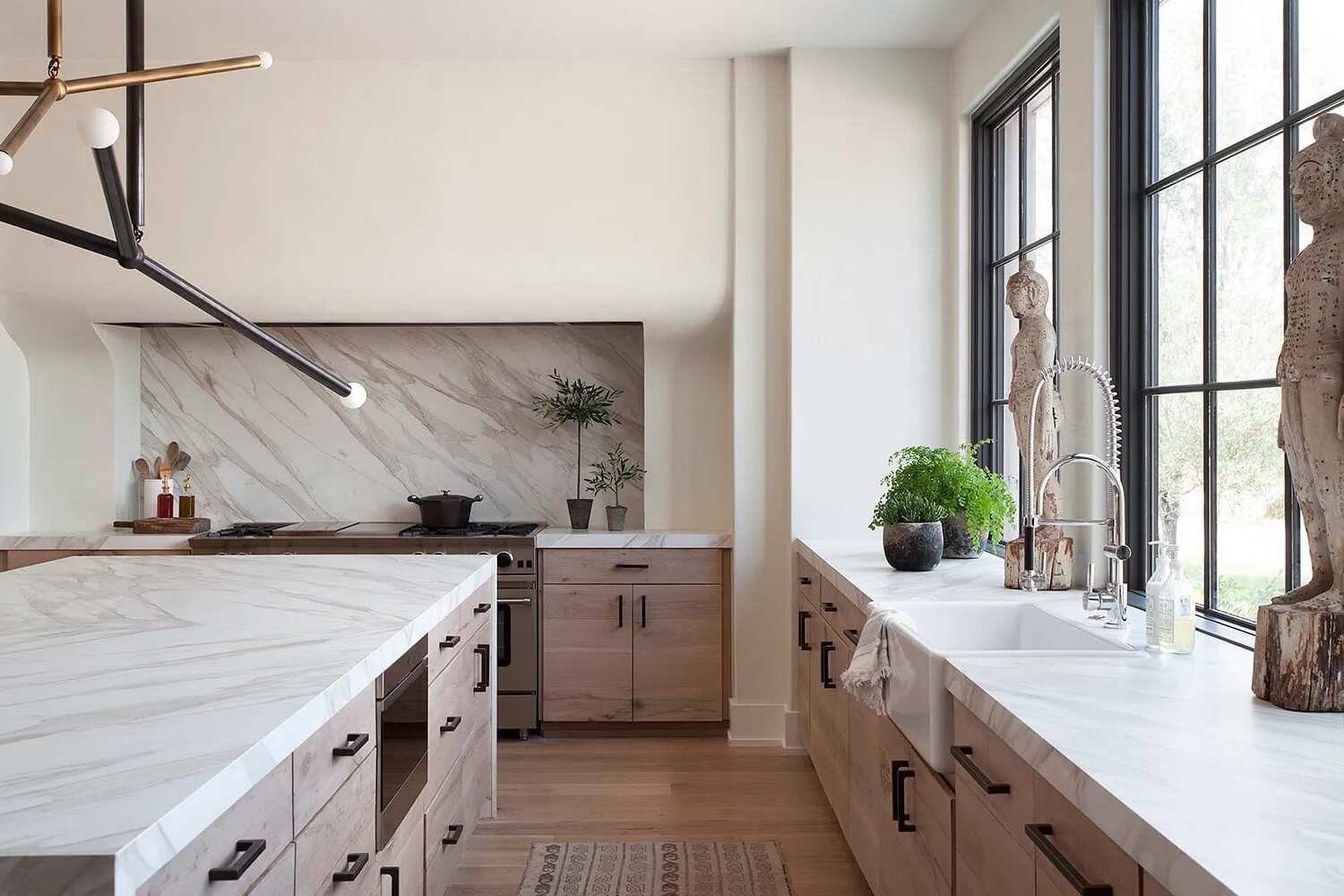
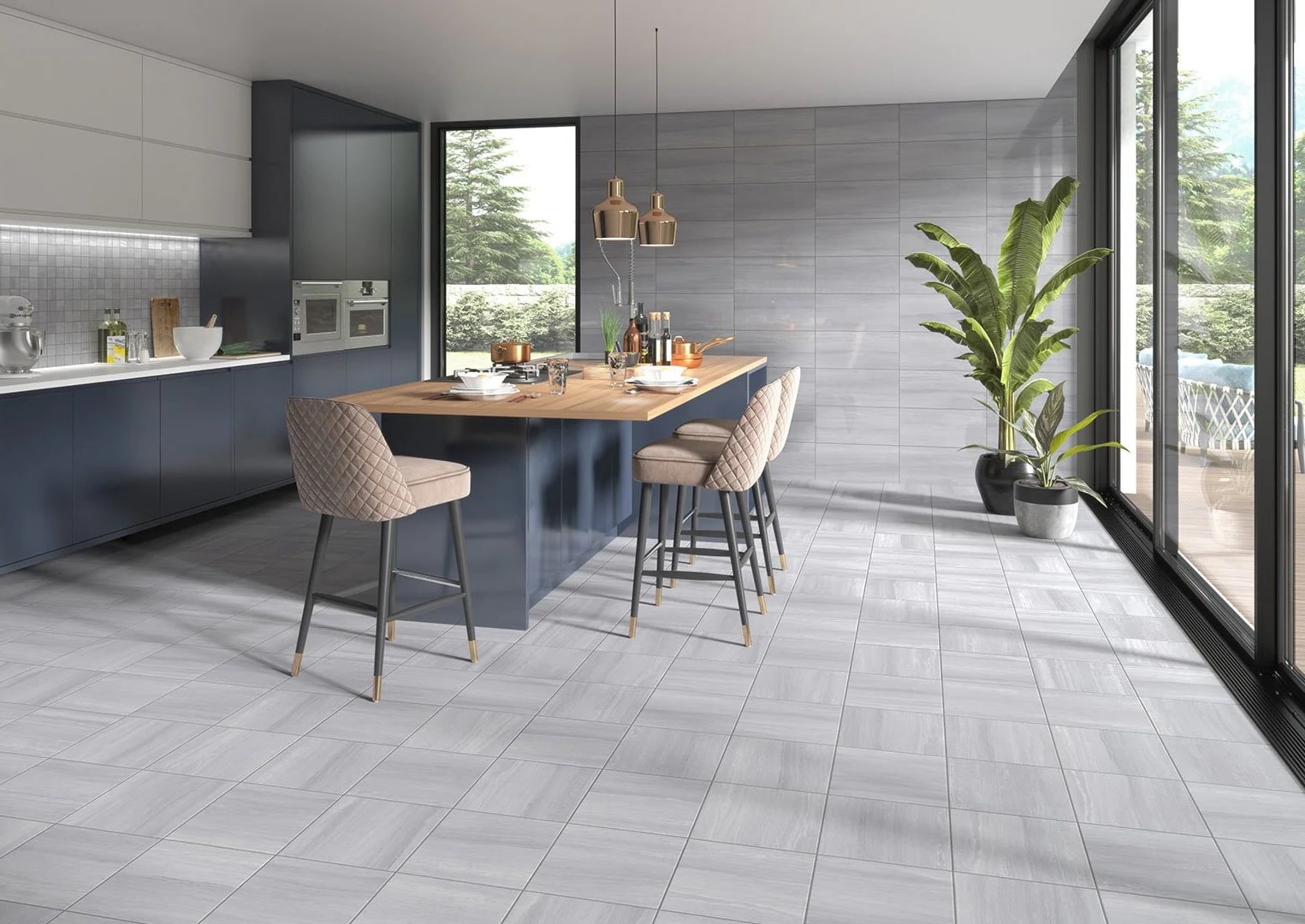
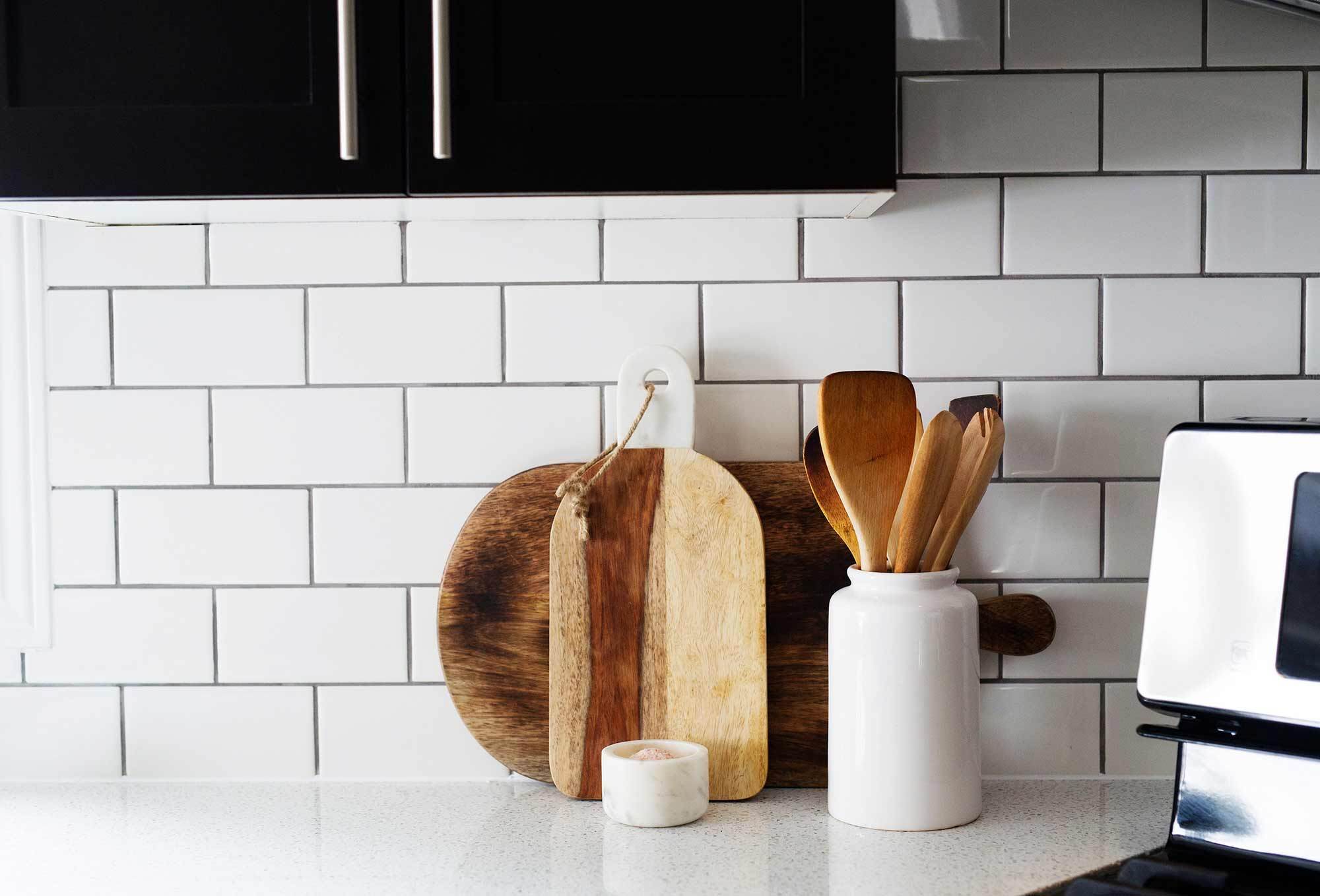
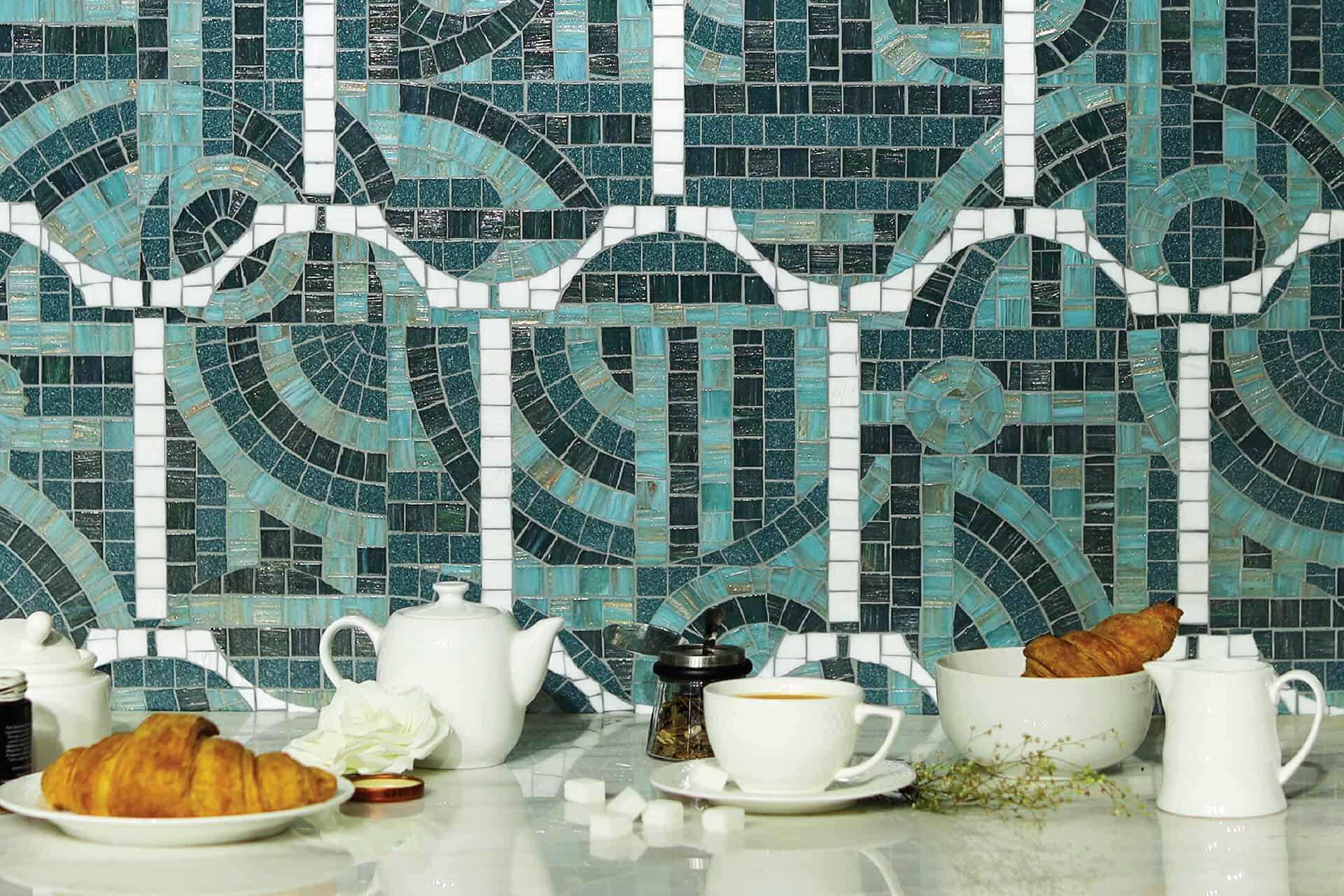
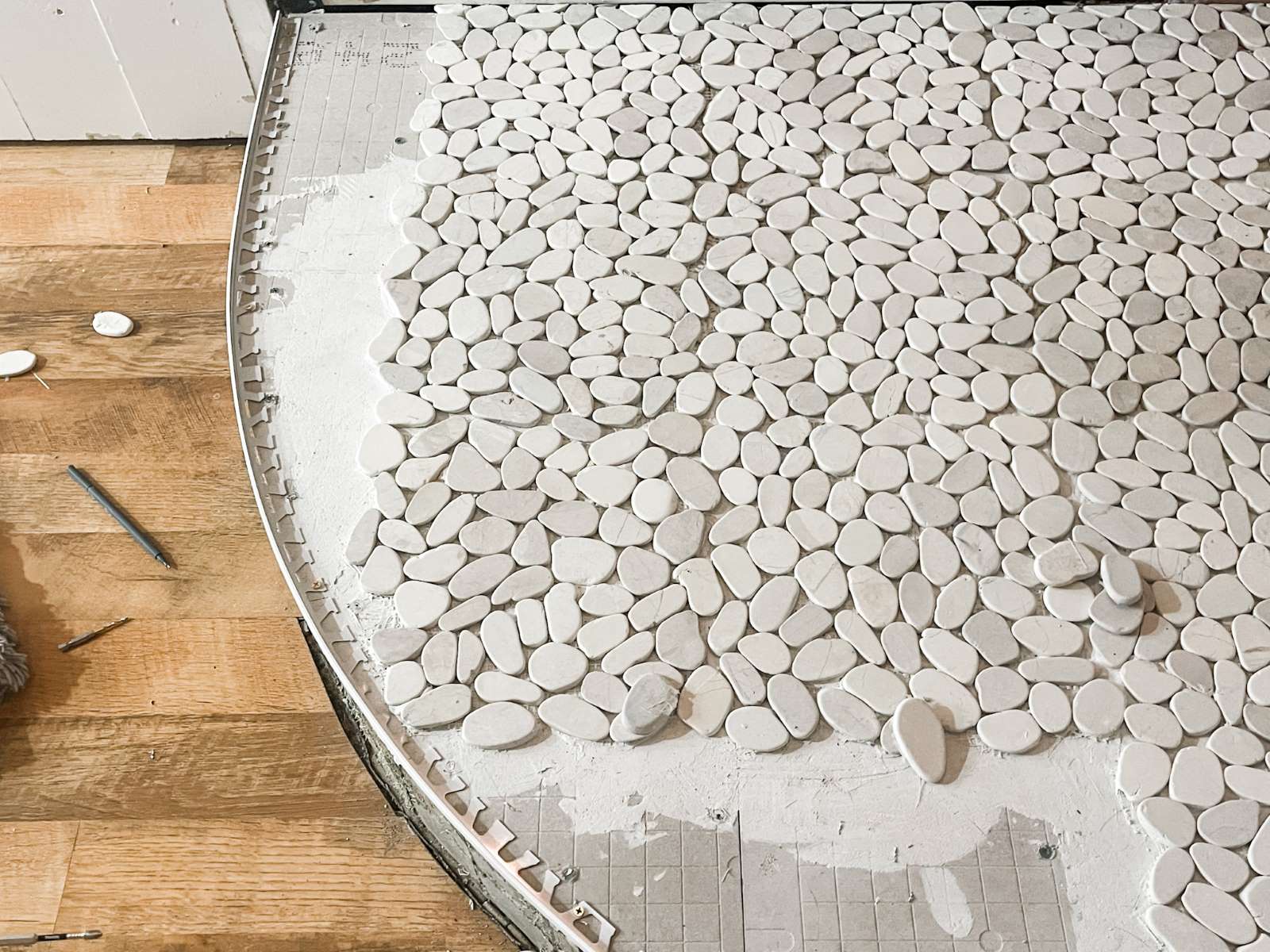
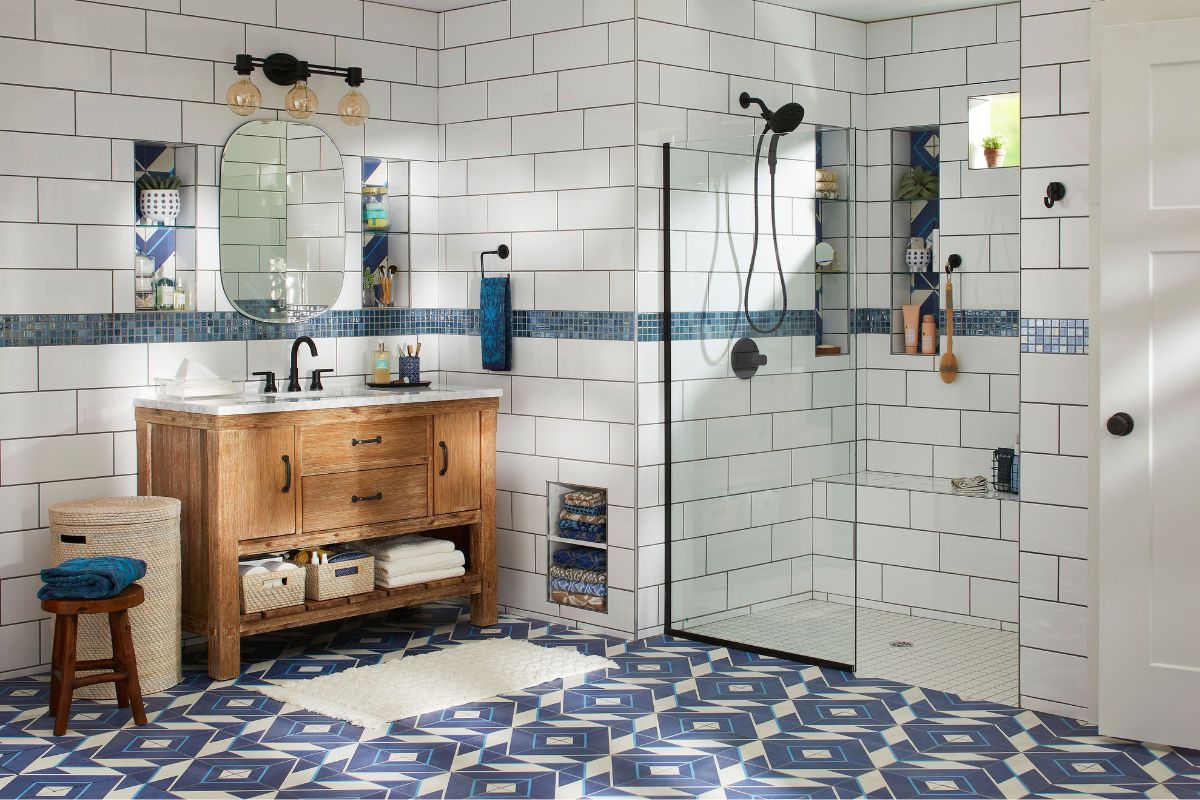
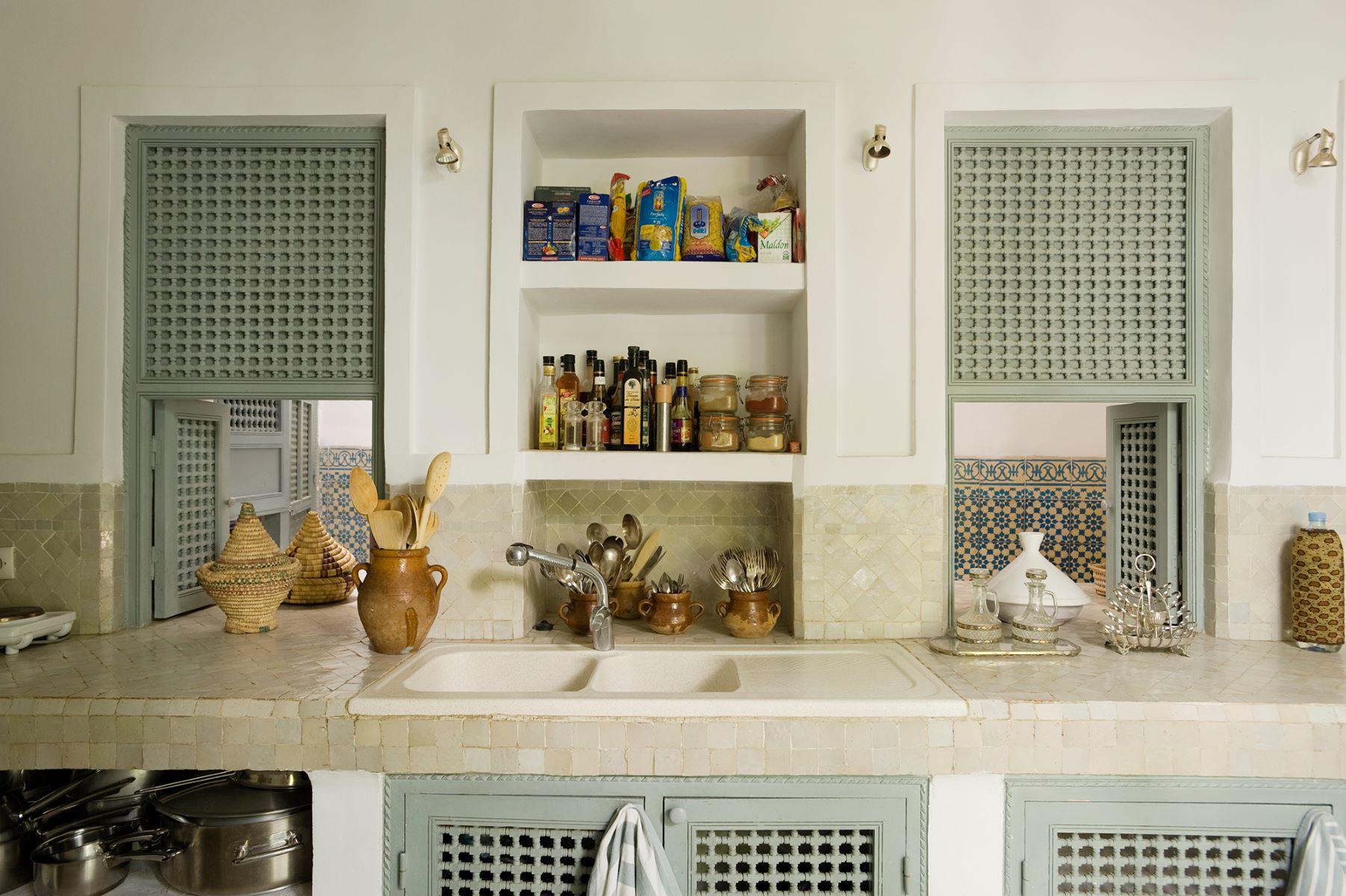
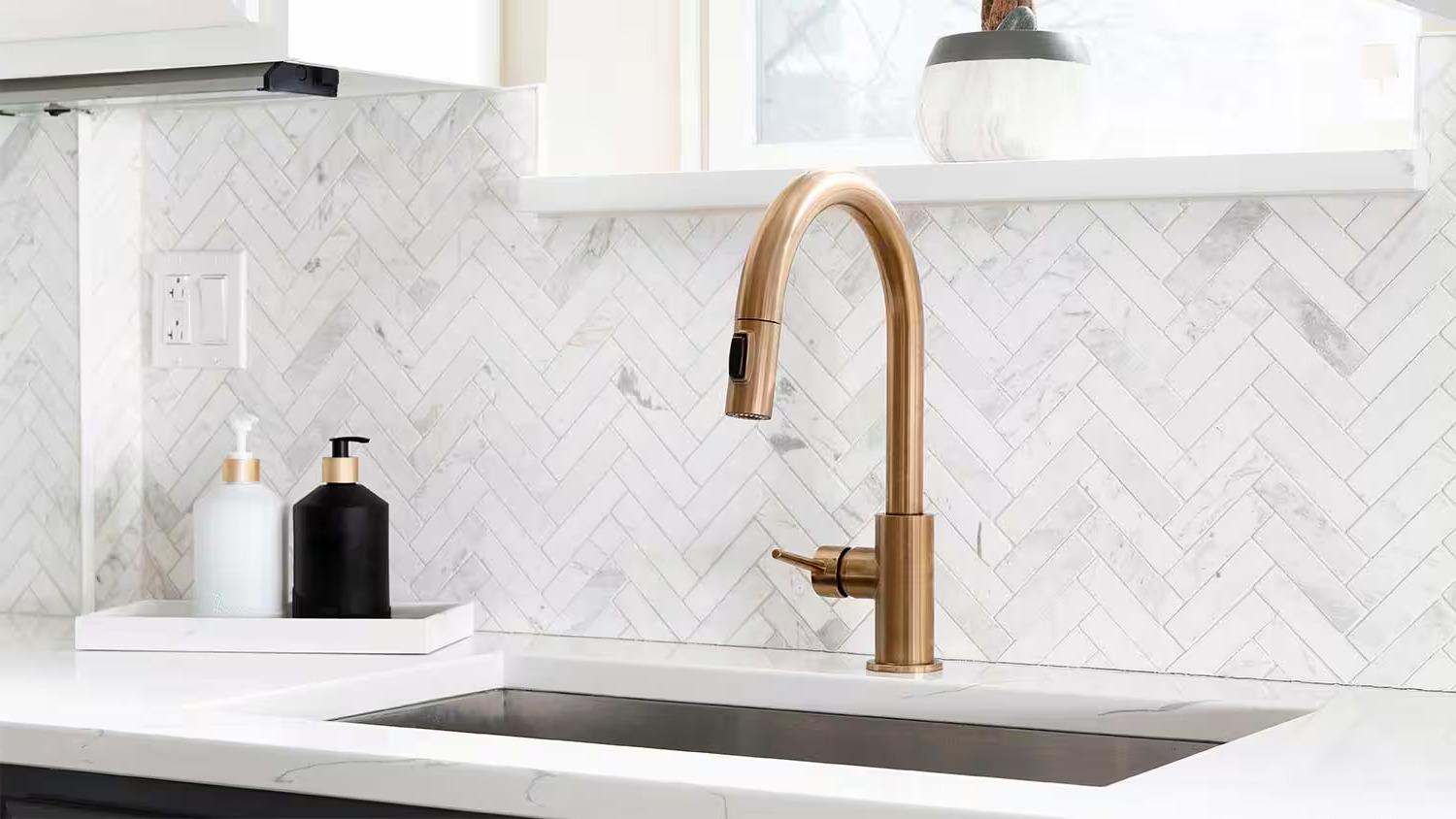

0 thoughts on “DIY Guide To Installing A Kitchen Tile Backsplash With Metallic Accents”